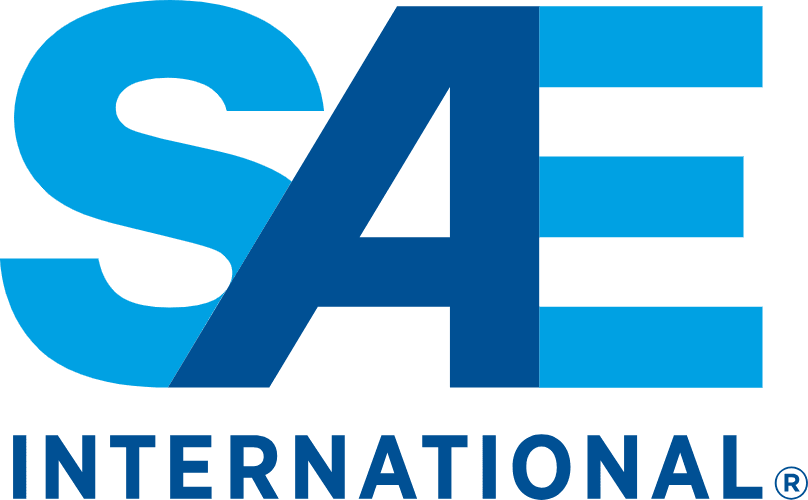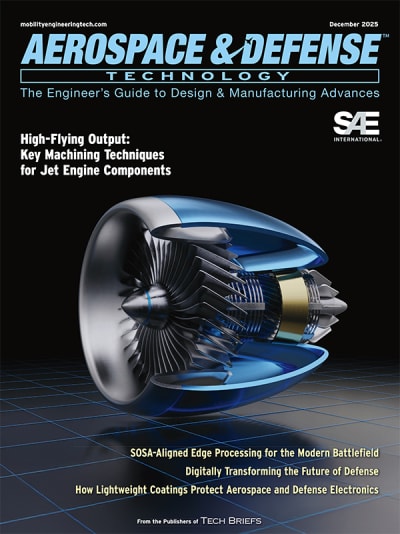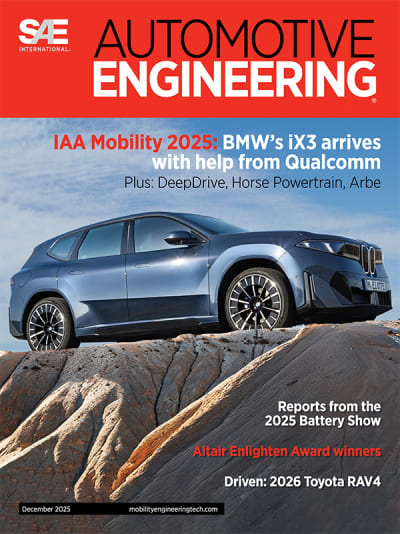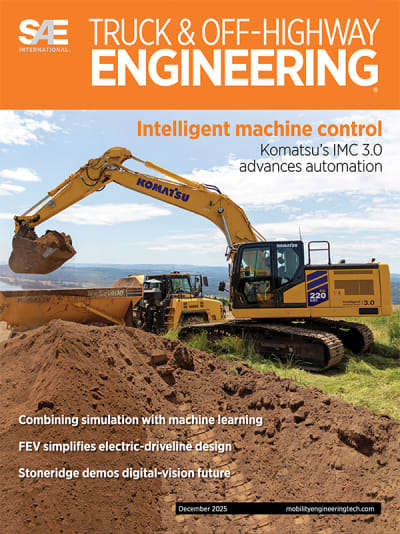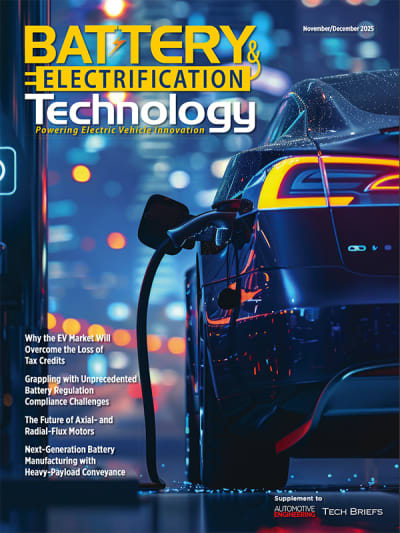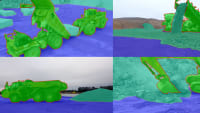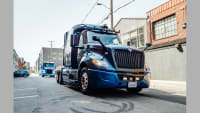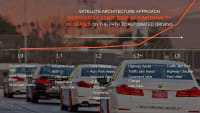COMVEC 2022: Hiring Talent to Meet High-Tech Demands
Companies must “go where the talent is” – be it Austin or Israel – to acquire the competencies required for autonomous, connected and electric commercial and off-highway vehicles.

There’s always been competition for engineering talent. But with embedded software becoming ever more critical for subsystems in commercial vehicles and off-highway equipment, nowadays that competition is a whole lot stiffer.

Aerospace and process-control industries have been the main competitors for embedded and controls talent in the past, according to Dr. Anupam Gangopadhyay, director of controls and software at Navistar. Despite “new frontiers” that are helping to attract and retain engineers, such as autonomous, connected and electric-vehicle technologies, “a lot of the talent that we were hiring in the past are now interested in things like IoT, cloud computing, natural-language processing and social-networking platforms,” he said during a panel session at SAE COMVEC 2022 in Indianapolis.
The need for traditional knowledge and skillsets remains, but new capabilities now are required, the panelists agreed. For domain knowledge, for example, engineers must know about vehicle subsystems (engine, brakes, etc.) and sensor technology (e.g., MAF, temperature, radar), but now also require a certain level of competence in computer vision, machine learning and cybersecurity, Gangopadhyay said.
For agriculture and construction equipment, the demand for more electronics engineers hit a little later than for other mobility sectors, according to Richard Heisey, senior director of driveline product development at CNH Industrial. “We were probably in the mid-’90s when Tier 1 [nonroad emissions standards] hit us,” he said. “For us, the problem is a little bit more acute in that the change in talent composition is really shifting dramatically and the acceleration is continuing as we look forward.”
Heisey stressed the need for organizations to identify, and periodically re-assess, strategic core competencies, including emerging competencies that must remain in-house to stay competitive, compared to noncore skillsets and knowledge that could either be outsourced or codeveloped with external partners. How does a company determine when to hire and train instead of renting or buying know-how? Among other factors is time.
“When do you need that technology? If you need it now, you’ve limited your options,” said Tom Milvert, global director of electronic tools at Cummins. “If you don’t have time to grow it organically, you can rent it…or you can go to California and buy someone who knows how to do it.”
“We now employ more software engineers than we do mechanical engineers,” asserted Joel Hergenreter, manager of tech stack system test and validation at John Deere Intelligent Solutions Group. While Hergenreter is based in Urbandale, Iowa, many of the technologists the 185-year-old company is hiring are located far from America’s Midwest. “It’s challenging to find those types of resources [data scientists, AI and cyber experts, etc.] in the locations that we traditionally are in,” he said.
For that reason, John Deere has developed micro-technology hubs around the U.S. over the past few years. Locations include San Francisco; Austin, Texas; Cary, North Carolina and Chicago. “Technology changes over every three to five years,” Hergenreter said. “That means our skills, our processes, our capabilities need to change over every three to five years as well.”
Outside the U.S., hotbeds for new talent include India, Israel, Poland, Brazil and Mexico, panelists noted. “If I go back 5-6 years within Cummins, we really had focused on India, China and the U.S. when we wanted to augment or look for engineering services,” Milvert said. “Now the model is you have to go where the talent is. Mexico is a great example; there is a lot of talent there and they’ve matured in the technology areas that we’re working on.”
No matter where the talent originates, an influx of curious and capable engineers is needed to help companies usher in their next generation of advanced technologies. The competition continues.
Top Stories
INSIDERLighting Technology
![]() Using Ultrabright X-Rays to Test Materials for Ultrafast Aircraft
Using Ultrabright X-Rays to Test Materials for Ultrafast Aircraft
INSIDERDesign
![]() New 3D-Printable Nanocomposite Prevents Overheating in Military Electronics
New 3D-Printable Nanocomposite Prevents Overheating in Military Electronics
INSIDERUnmanned Systems
![]() F-22 Pilot Controls Drone With Tablet
F-22 Pilot Controls Drone With Tablet
INSIDERDesign
![]() F-35 Proves Nuke Drop Performance in Stockpile Flight Testing
F-35 Proves Nuke Drop Performance in Stockpile Flight Testing
INSIDERAR/AI
![]() Algorithms for Autonomous Marine Vehicles
Algorithms for Autonomous Marine Vehicles
INSIDERTest & Measurement
![]() NASA’s Quiet Supersonic Demonstrator Jet Completes First Flight
NASA’s Quiet Supersonic Demonstrator Jet Completes First Flight
Webcasts
Energy
![]() SAE Automotive Engineering Podcast: Additive Manufacturing
SAE Automotive Engineering Podcast: Additive Manufacturing
Aerospace
![]() A New Approach to Manufacturing Machine Connectivity for the Air Force
A New Approach to Manufacturing Machine Connectivity for the Air Force
Software
![]() Optimizing Production Processes with the Virtual Twin
Optimizing Production Processes with the Virtual Twin
Power
![]() EV and Battery Thermal Management Strategies
EV and Battery Thermal Management Strategies
Energy
![]() How Packet Digital Is Scaling Domestic Drone Battery Manufacturing
How Packet Digital Is Scaling Domestic Drone Battery Manufacturing
Automotive
![]() Advancements in Zinc Die Casting Technology & Alloys for Next-Generation...
Advancements in Zinc Die Casting Technology & Alloys for Next-Generation...
